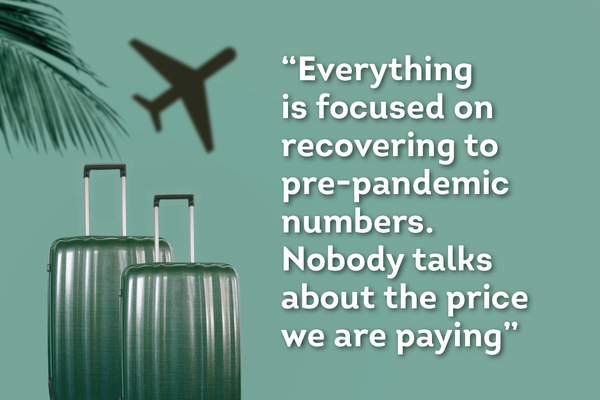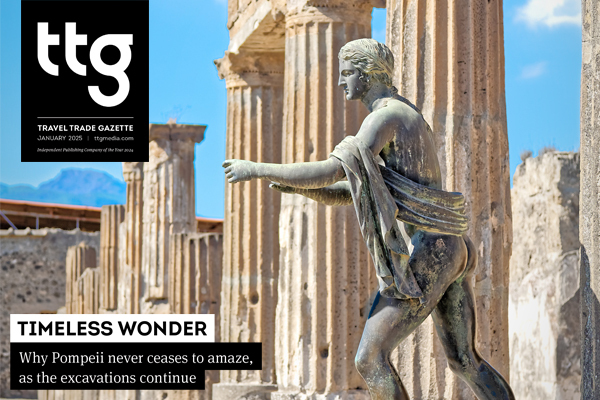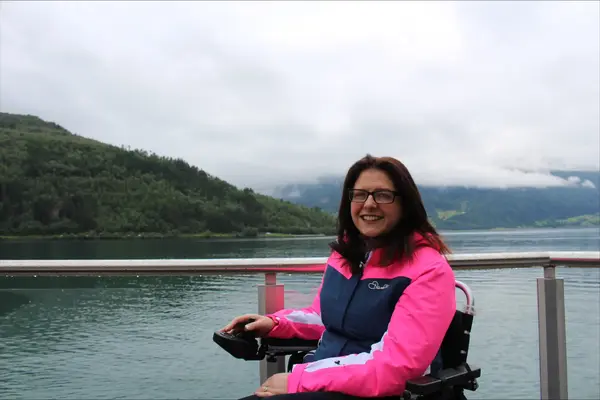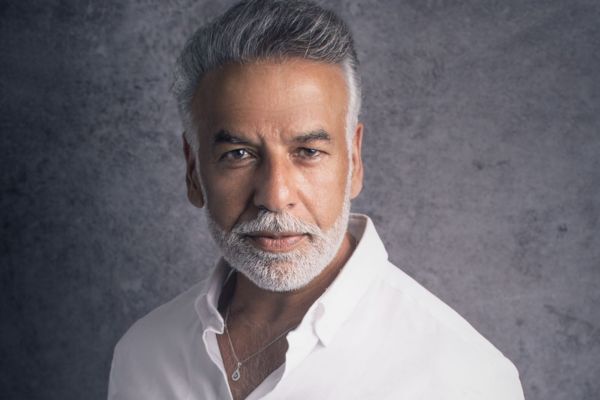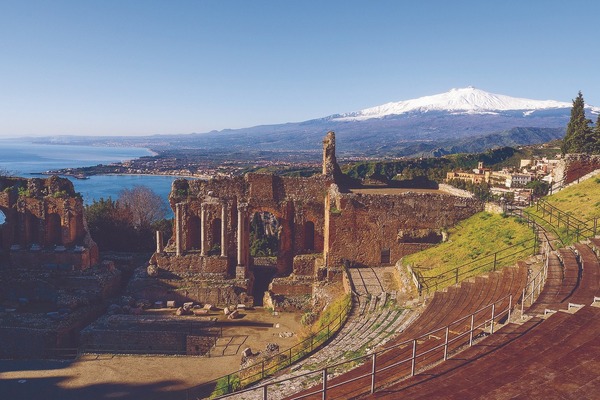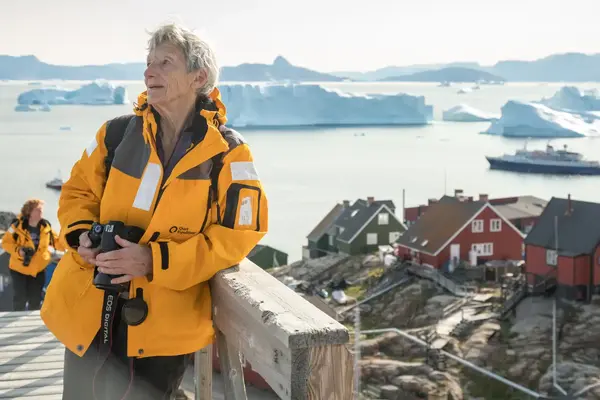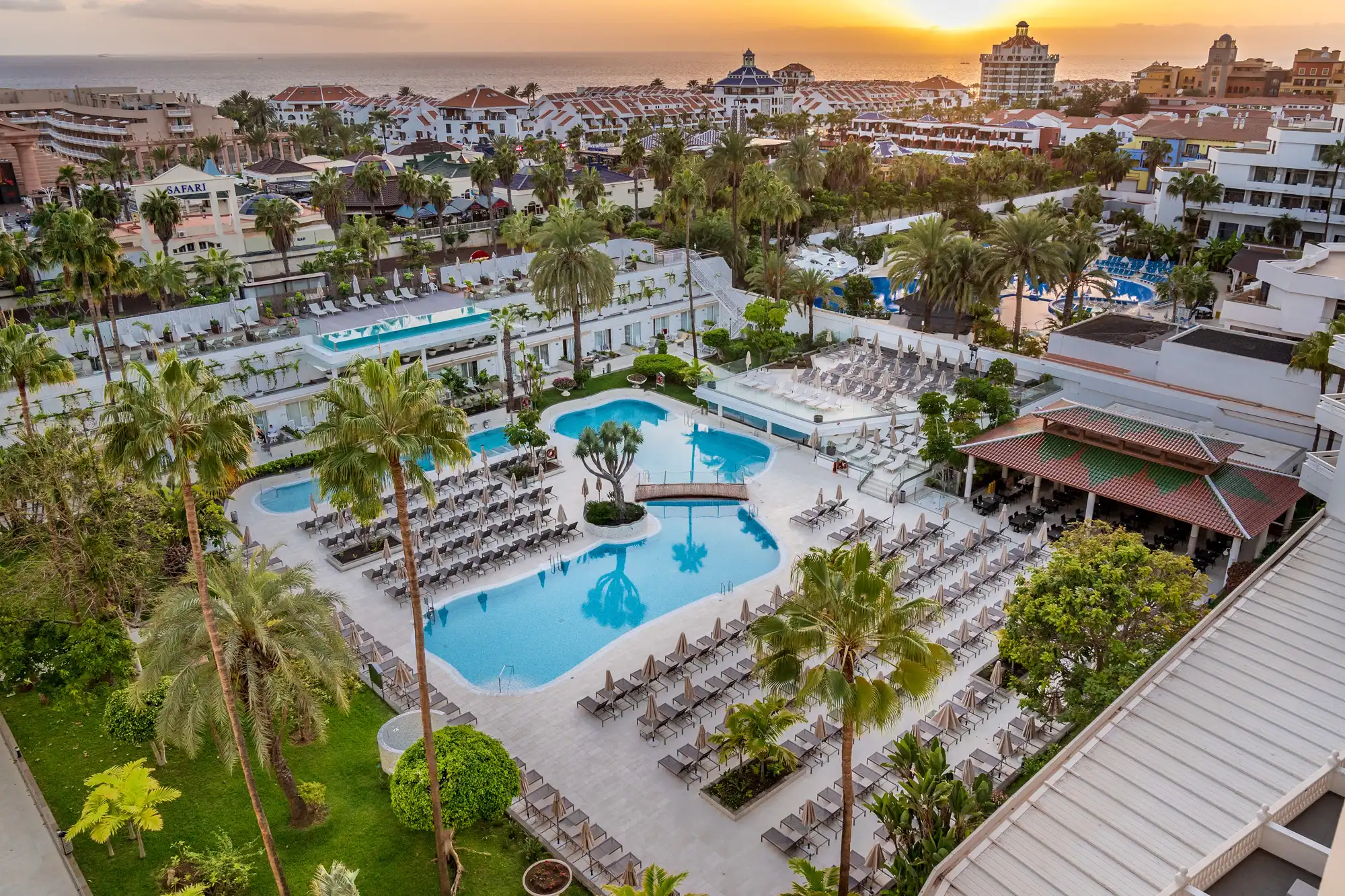Arrival figures: are there better ways to measure tourism success?
Results like "record-breaking arrival figures" and numbers "significantly up on last year" have long been cause for celebration for tourist boards.
But is chasing ever higher visitor numbers sustainable? And is it even the best way for destinations to measure tourism success?
A new academic paper, Moral Disengagement with Sustainability Data, which is based on research from the University of Surrey’s Centre for Sustainability and Wellbeing in the Visitor Economy, challenges this growth mindset.
The report’s co-author, professor of sustainability marketing Xavier Font, told TTG: “Everything is focused on, ’have we recovered to the pre-pandemic number of visitors?’ Nobody talks about the price we are paying."
Font said it was important to talk about sustainable and economic factors concurrently to seek a balance between the market that will bring in the most money while also having a lower negative environmental and social impact.
During its research, the university presented tourist offices with the income of a popular European city from various source markets, cross-referenced against the same visitors’ average carbon footprints (based on accommodation type and transport).
With traditional big spenders, such as North Americans, also having the longest flights, the sweet spot fell within short-haul markets. Font believes the logical response would be “more selective” long-haul promotion.
Prioritising ‘nearer visitors’
One destination actively prioritising nearer visitors is Norway. Projections showed that if it maintained its recent tourism growth, the country would have to decarbonise 30 times faster to achieve net-zero emissions by 2050.
Since 2018, Norway has gradually reduced its long-haul promotion to selective trade partnerships in a few core markets, mainly the US and parts of Asia.
“You need to show some kind of positive development in your work as a tour operator," said Knut Perander, head of tourism development for government organisation Innovation Norway, which incorporates Visit Norway.
"We don’t [work with] the bucket-list tours that do Europe in a week," he added, explaining that by prioritising long-haul markets with different peak travel patterns to Europe, Norway was smoothing seasonality.

So far, Norway’s arrival levels have remained broadly static, although interest from southern and central Europeans has actually increased. The development and marketing of quality experiences is also attracting longer-staying visitors, an approach Perander believes is a good starting point for heavily tourism-reliant countries.
“Instead of having 100,000 people stay for one day, maybe 25,000 people can stay four days," Perander continued. "It’s the same effect economically, but you reduce the carbon – and that has to be the way we work in the future."
A selective organic approach
Limited promotion in growing source markets like China have led some travellers to mistakenly believe they were unwelcome in Norway, but Perander stressed the tourist board is simply taking a selectively organic approach in many countries.
For Font, it’s a strategy that is particularly painless for popular destinations. “Nobody needs to be told to visit Paris," he remarked. "Everybody wants to go there. I think some of our marketing could be a bit more nuanced.”
![Surat Thani - Koh Tao - Sai Nuan Beach 0896[P].jpg Surat Thani - Koh Tao - Sai Nuan Beach 0896[P].jpg](https://d2osdnqd2igqfx.cloudfront.net/AcuCustom/Sitename/DAM/327/Surat_Thani_-_Koh_Tao_-_Sai_Nuan_Beach_0896P_95wl3695sdc9.jpg)
Font believes tourist offices and destination management and marketing organisations (DMMOs) often favour long-haul markets because they produce more traditionally high-spending first-time visitors. But repeat visitors can reduce what Font calls "unaudited arrivals costs" besides carbon, such as the societal impact of overtourism.
“[Repeaters] behave more like a local," he said. "They’ll make more effort to learn about the culture because they’ve already built a relationship with the place."
Similarly, he believes popular cruise stops, such as Dubrovnik, should consider how mass day-trippers splash cash but deter potential longer-stay visitors.
Visitor spend over volume
Europe’s second most visited country, Spain, while still keen on burgeoning long-haul markets, is seeking longer stays as part of a broad focus on visitor spend over volume, particularly in popular areas. Rosana Morillo, Spain’s secretary of state for tourism, told TTG: “Tourism is a great source of value to less populated regions – it’s about balance, not going for numbers in destinations that are already mature.”
Less established Morocco, meanwhile, plans to almost double visitors from 14 million to 26 million by 2030, which is still fewer than the 40.9 million the UK welcomed in 2019. Its strategy includes diversifying into longer-haul source markets in Asia, Latin America and Australia. It hopes, by creating more authentic visitor experiences, to push the economic development benefits of tourism to local communities.
No longer chasing arrivals
On the flip side, one of the world’s most established mass tourism destinations – Thailand, which enjoys a 70% repeat visitor rate, is no longer chasing arrivals (around 39.8 million in 2019). "We’ll track the success of campaigns through the increased length of stay and tourism expenditure at the end of each year," explained Sadudee Sangnil, UK and Ireland director of the Tourism Authority of Thailand (TAT).
She said competition from destinations with volume strategies was not a concern. "Our marketing is much more targeted and niche – we have been moving that way for many years, specifically focusing on our strengths such as wellness, luxury, sport and eco- and community-based tourism. We are actively cultivating a subculture movement as we enter the realm of high-quality markets.”
TAT is also utilising more detailed tourism data, something Font champions. Citing the adage "turnover is vanity, profit is sanity", he wants to see arrivals, income and visitor satisfaction rates published alongside the average carbon footprint "cost" per visitor. And he calls for more clarity on income. “Sometimes it’s the airline sector, not the destination, that is really making most money. It’s moving people from A to B – how much of it is actually permeated to grow the economy?”
He would also like to see DMMOs undergo audits on the unintended community consequences of everybody’s job description. “In the private sector, we’ve talked about corporate social reporting for a long time. Why is it the public sector is not accountable in the same way?” he asked.
Ultimately, he stressed the responsibility for shifting focus is political. “The mandate of all the tourist boards is to increase the volume of tourists. Someone from government has to come along and say, ‘you now have different KPIs, there are other things you need to measure, and you need to be accountable to those other things’.”
Sign up for weekday travel news and analysis straight to your inbox

Debbie Ward
Supplier Directory
Find contacts for 260+ travel suppliers. Type name, company or destination.
